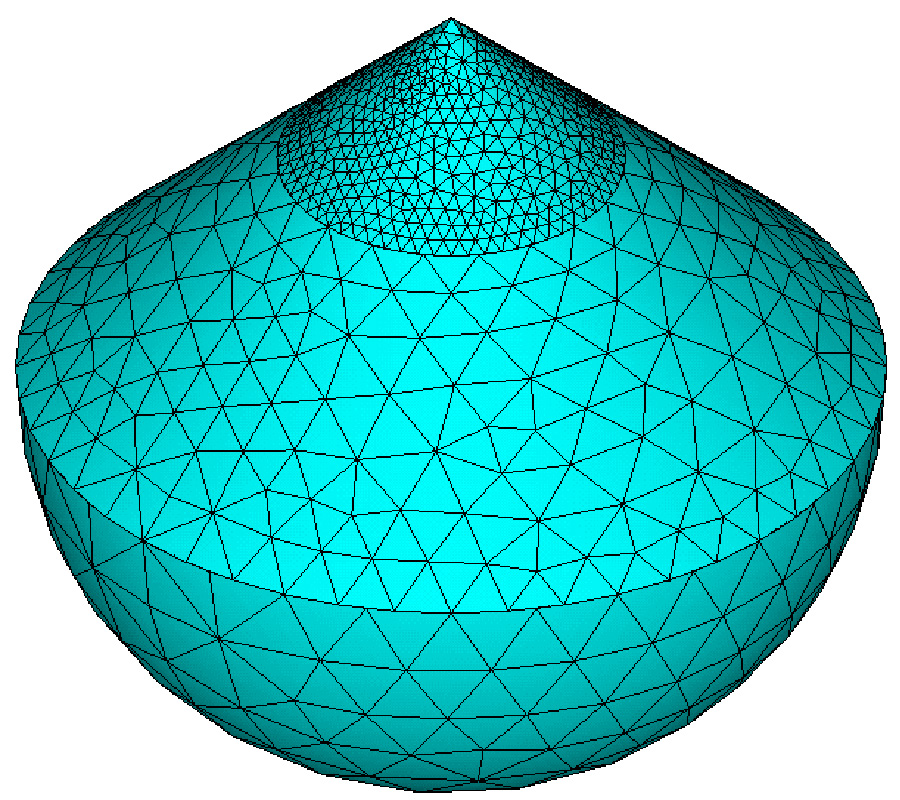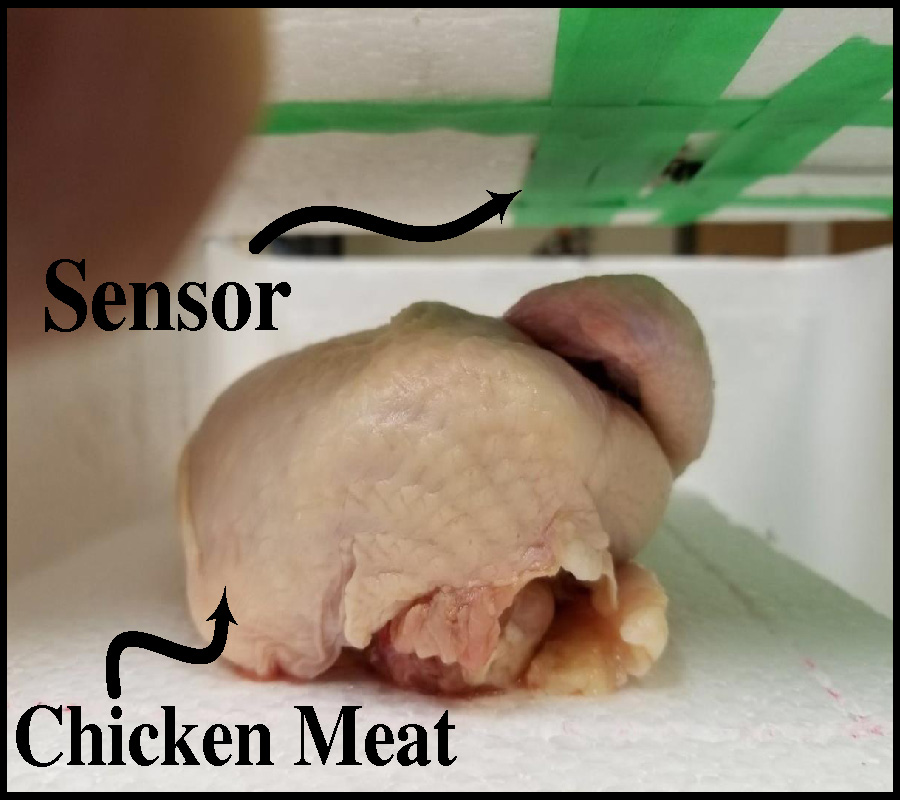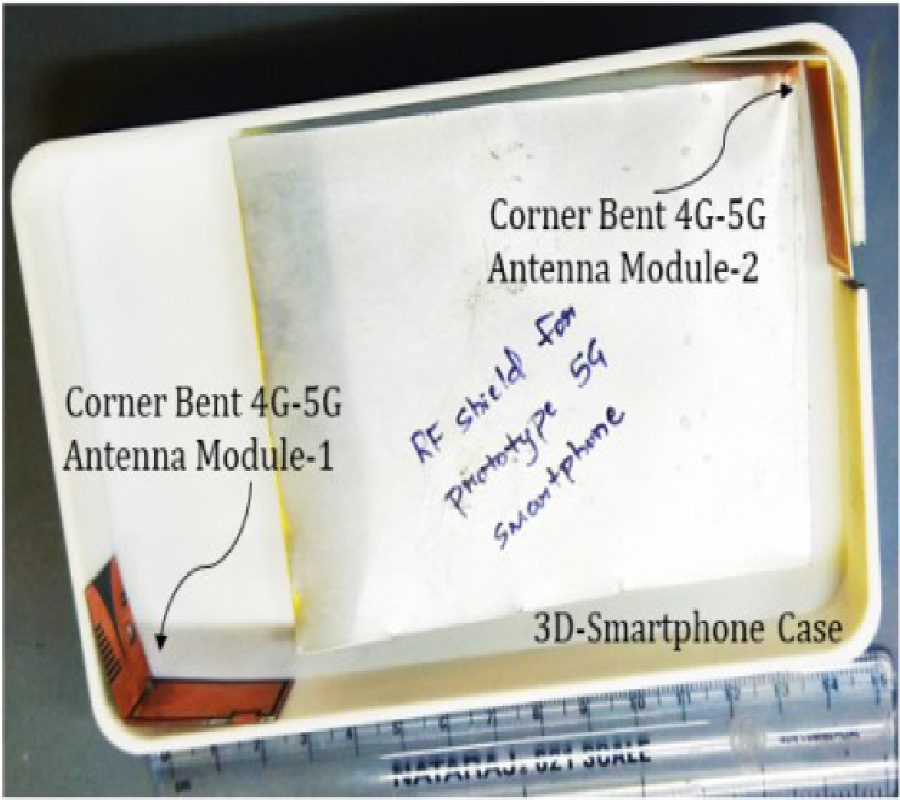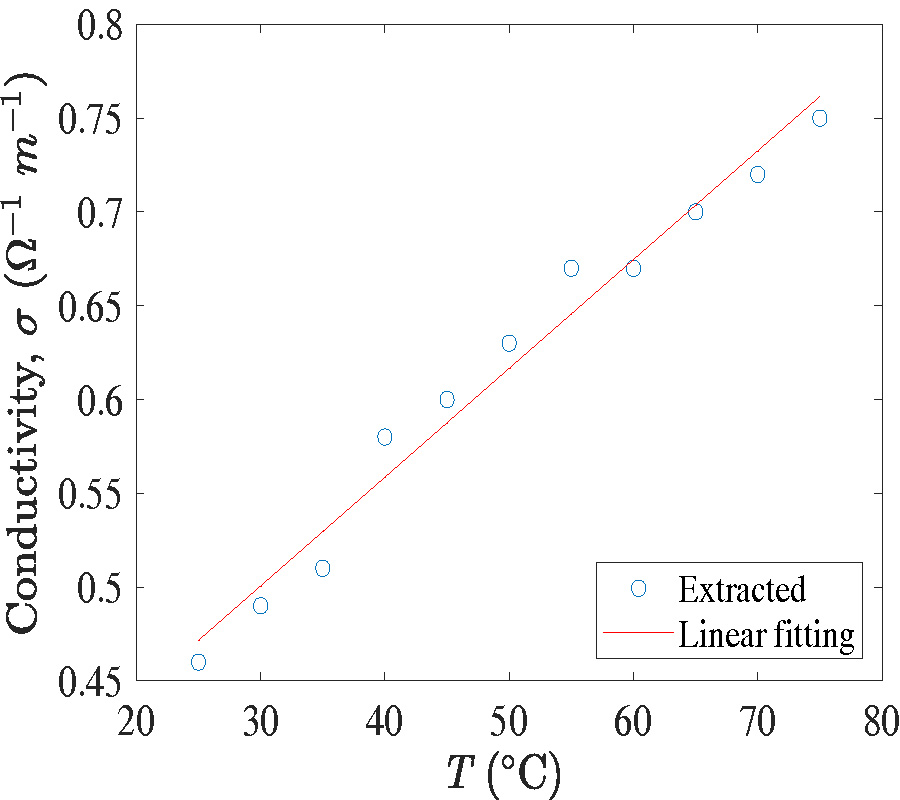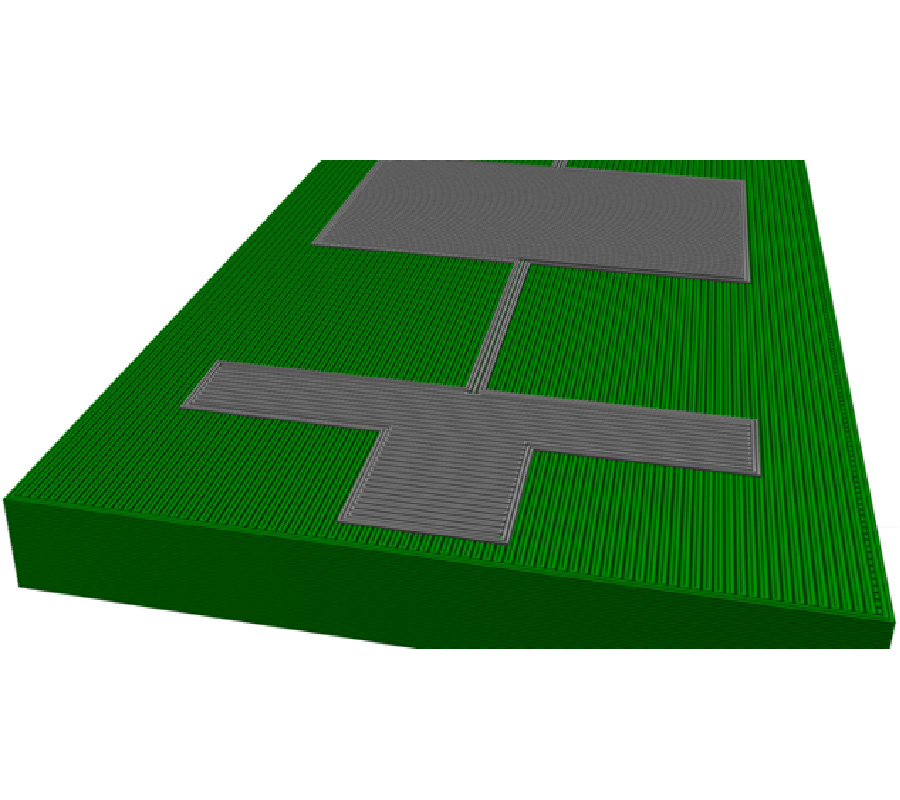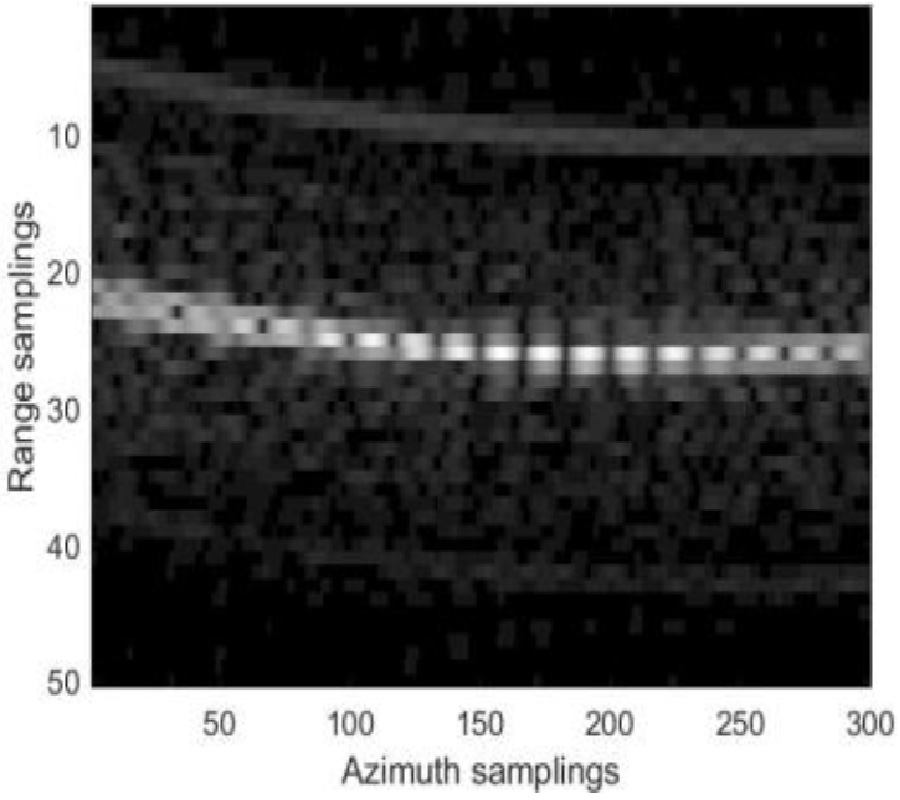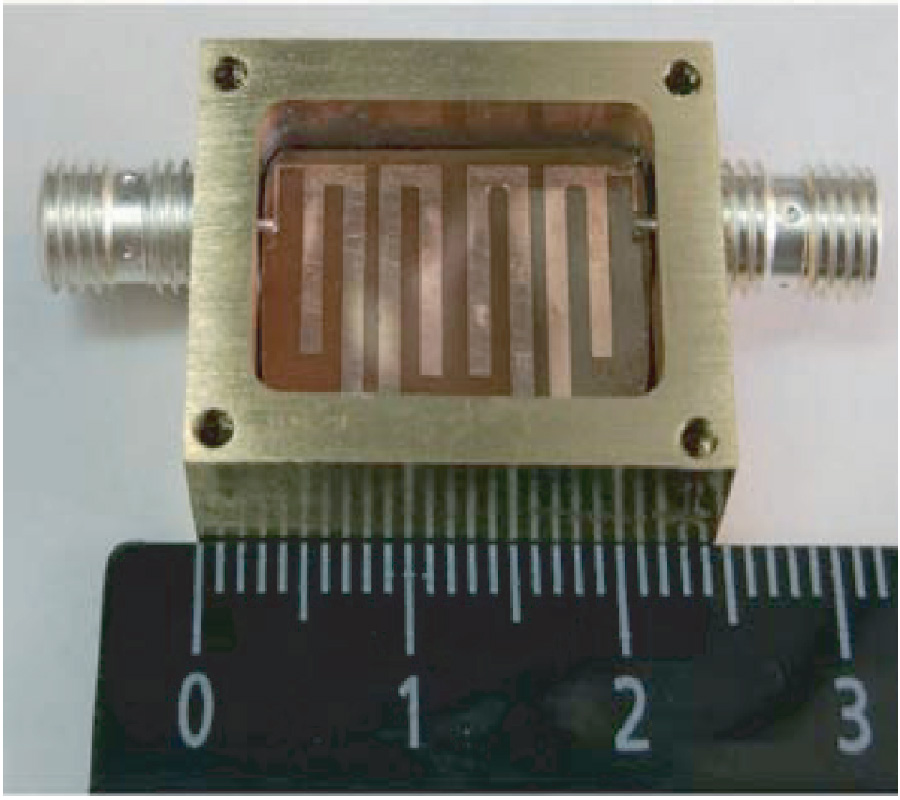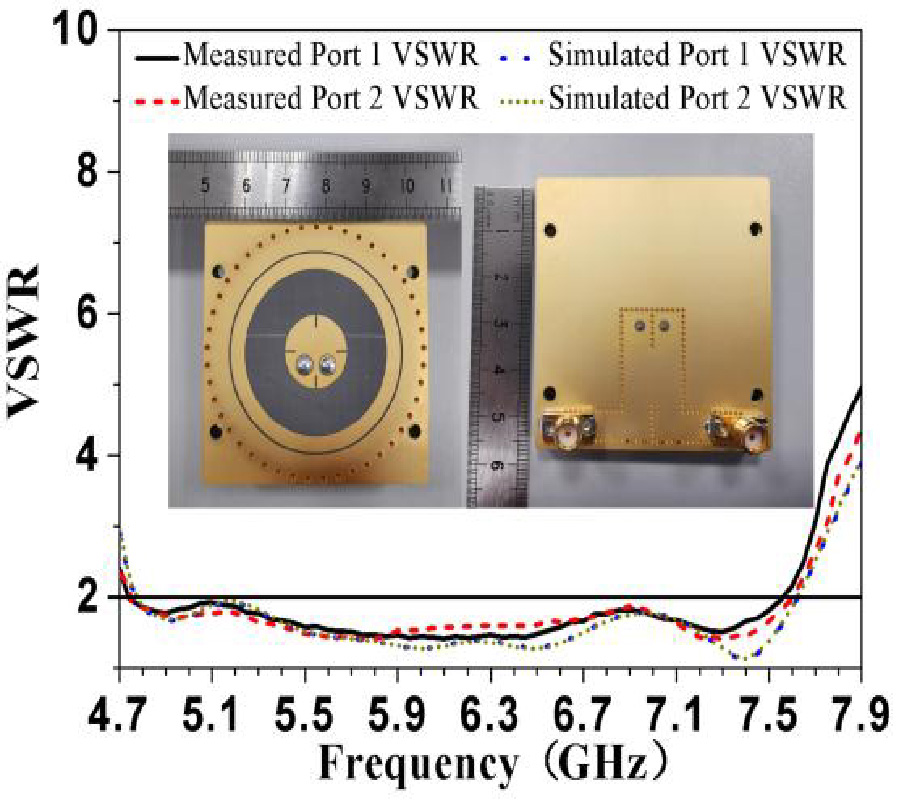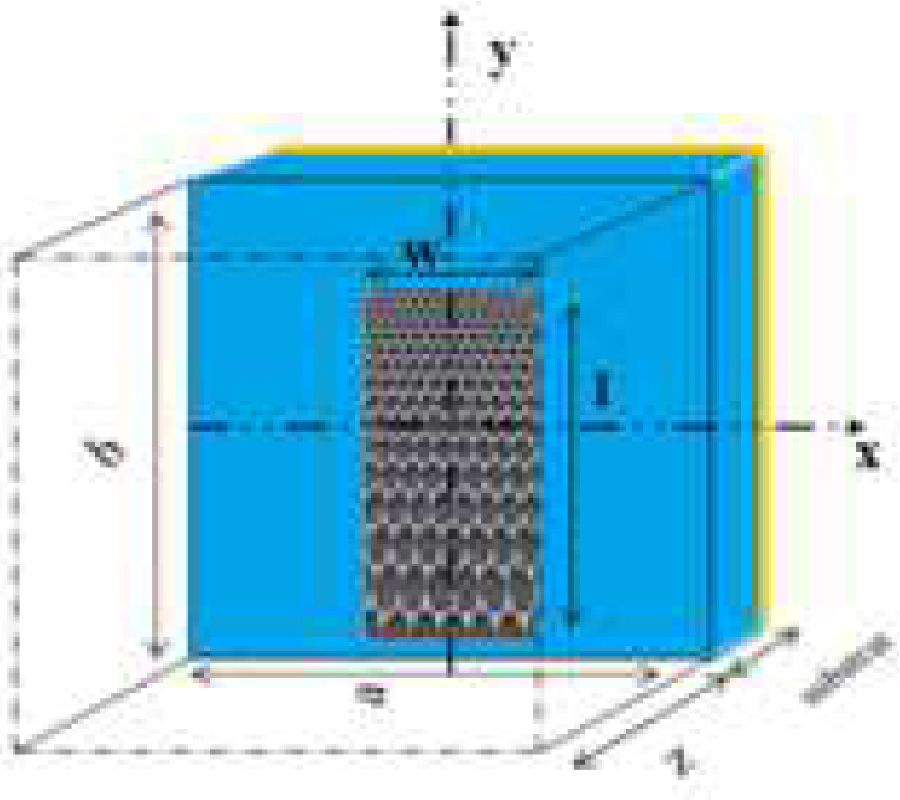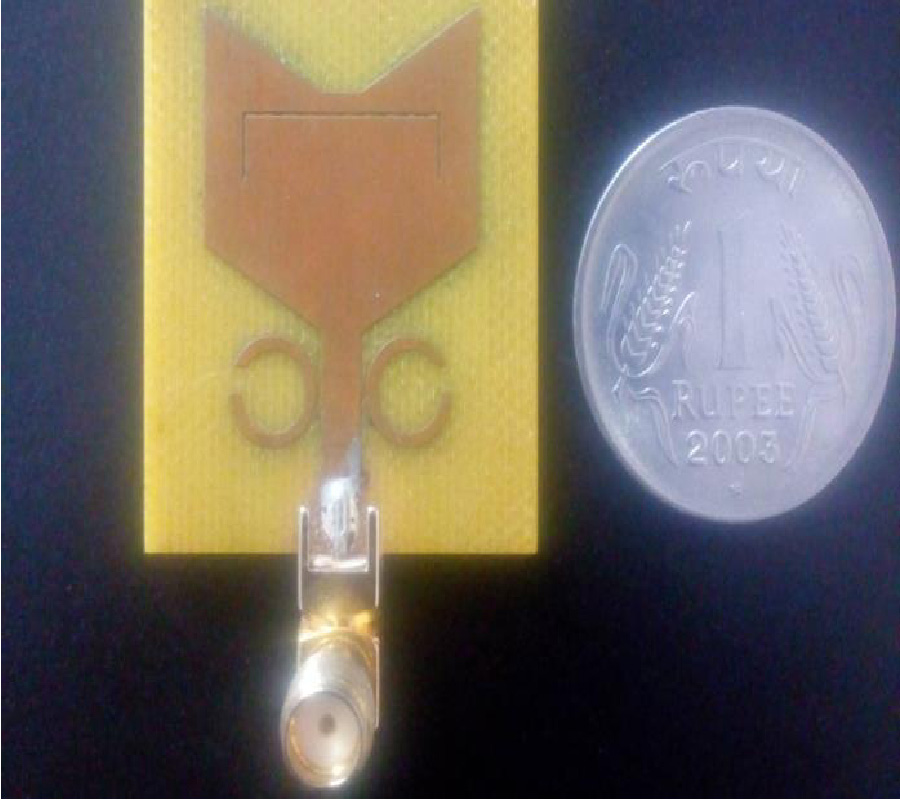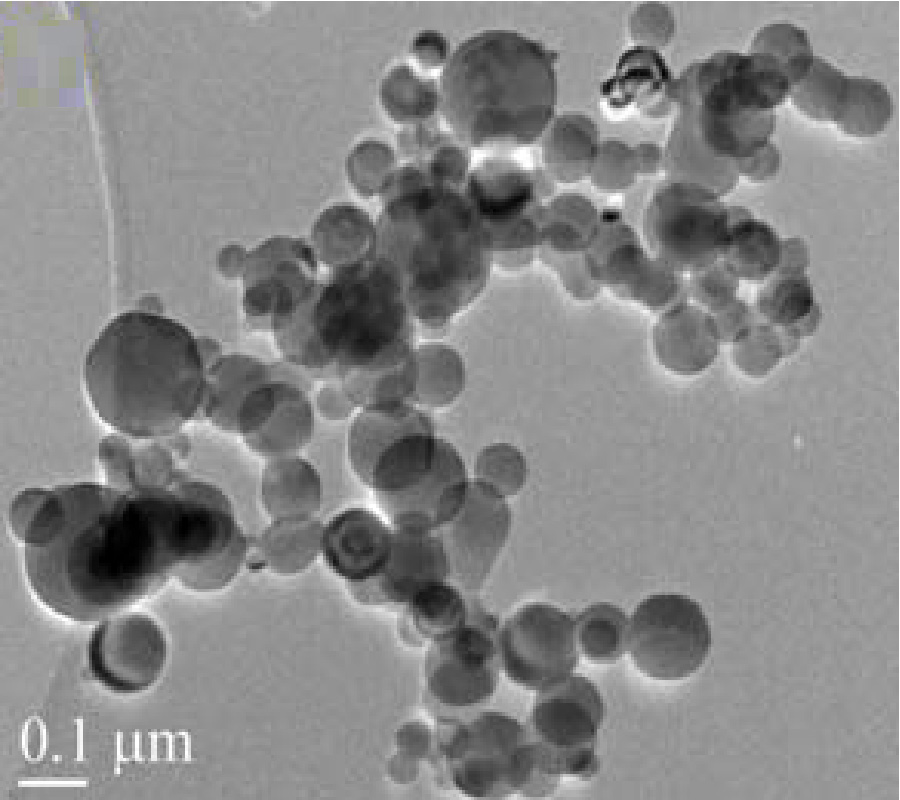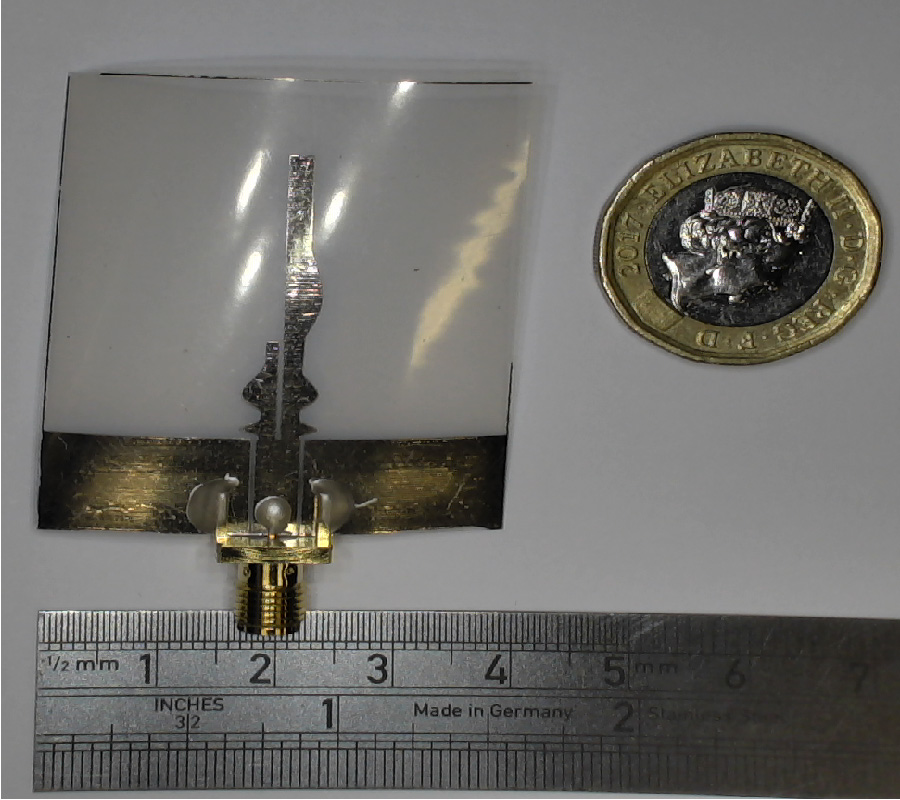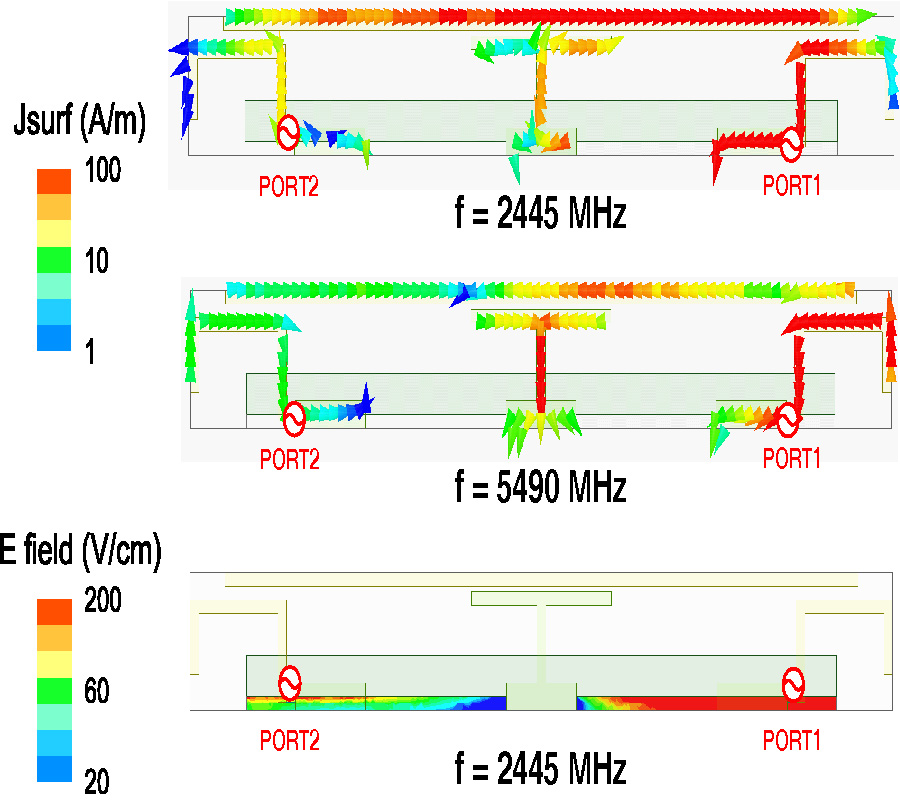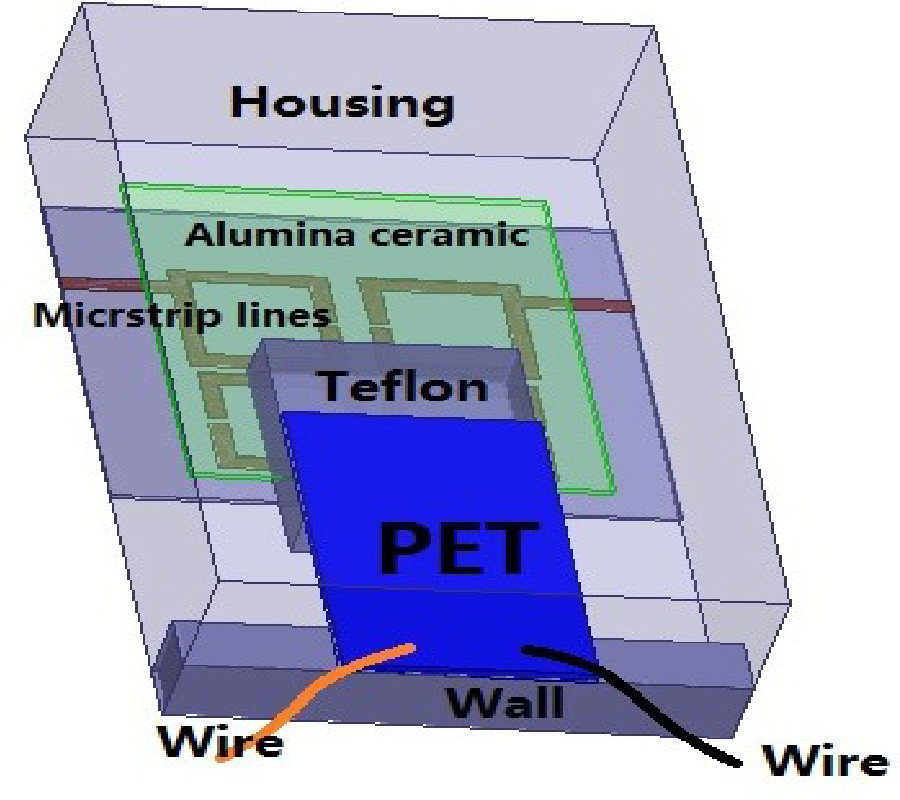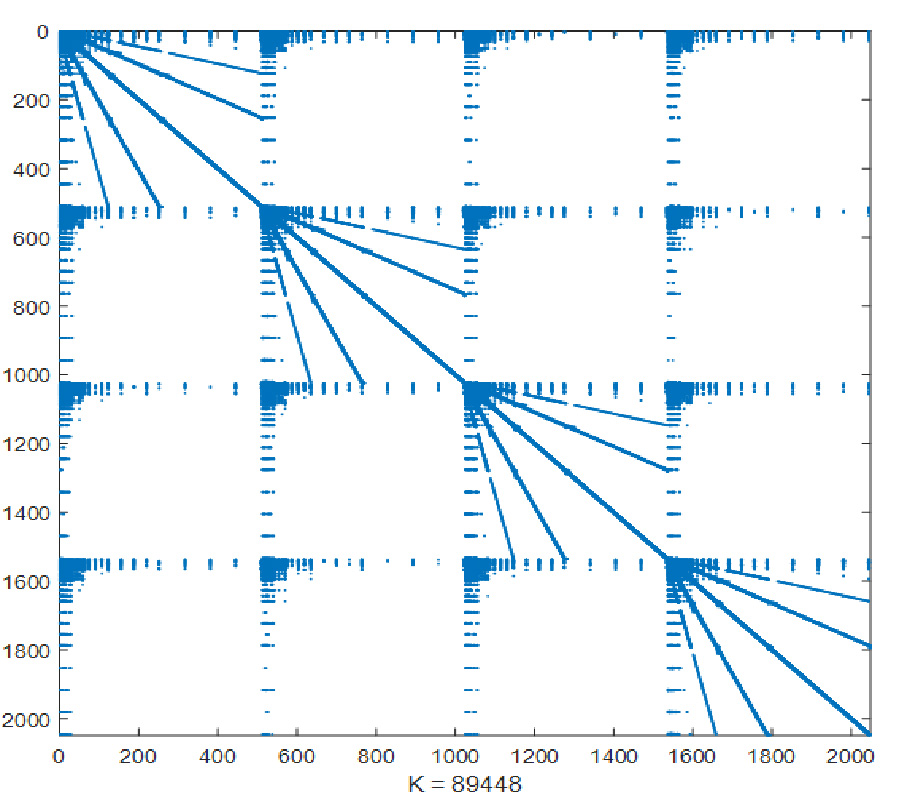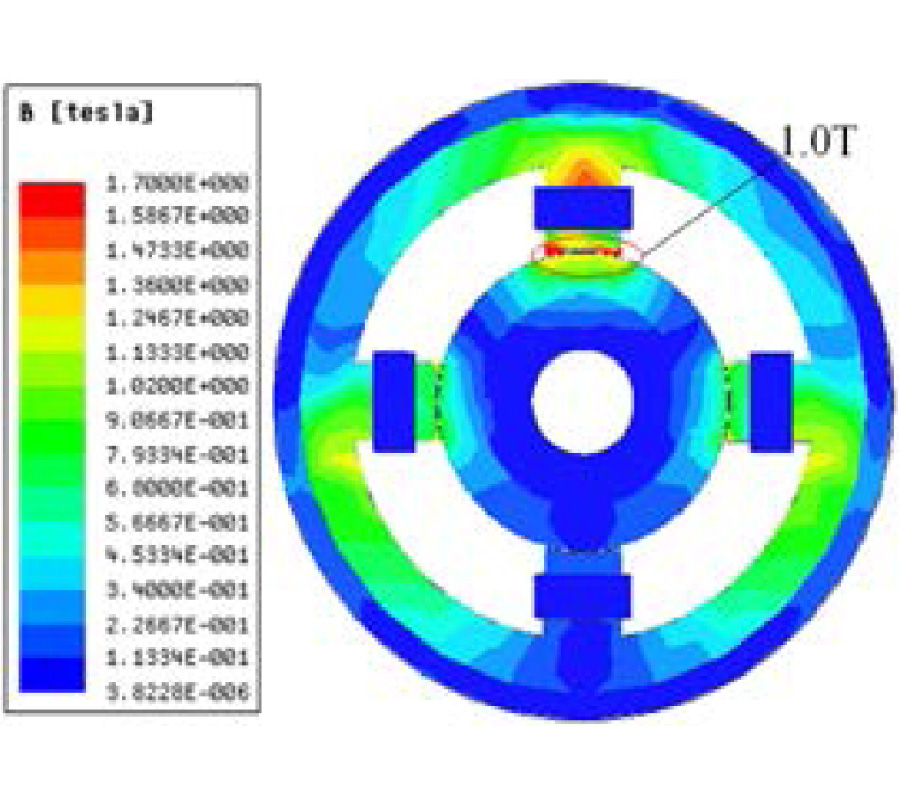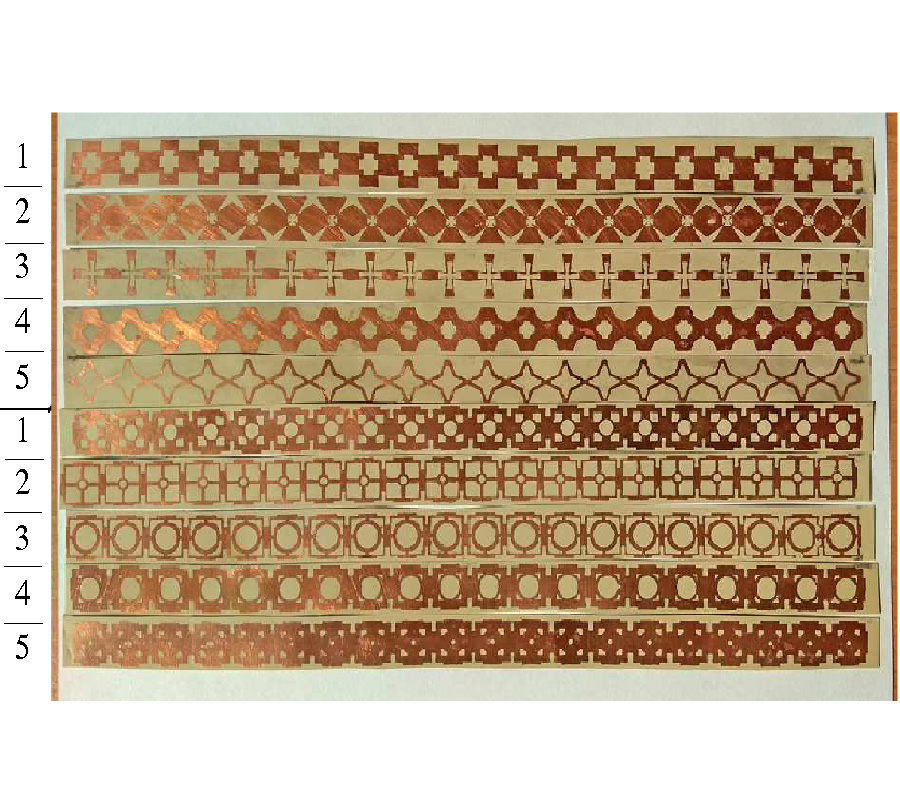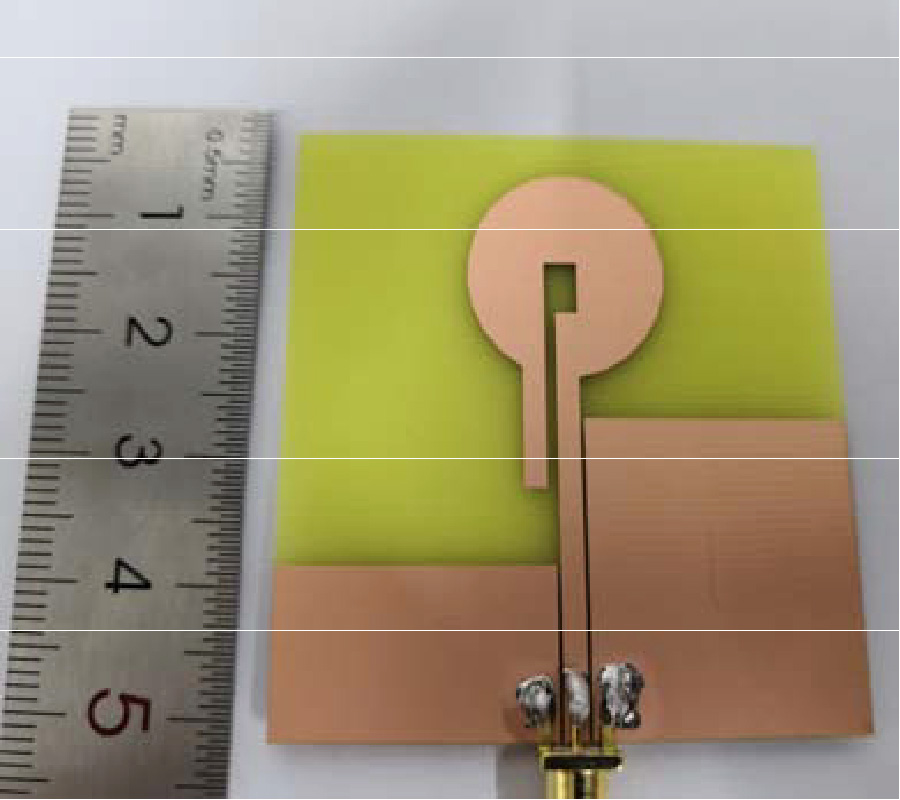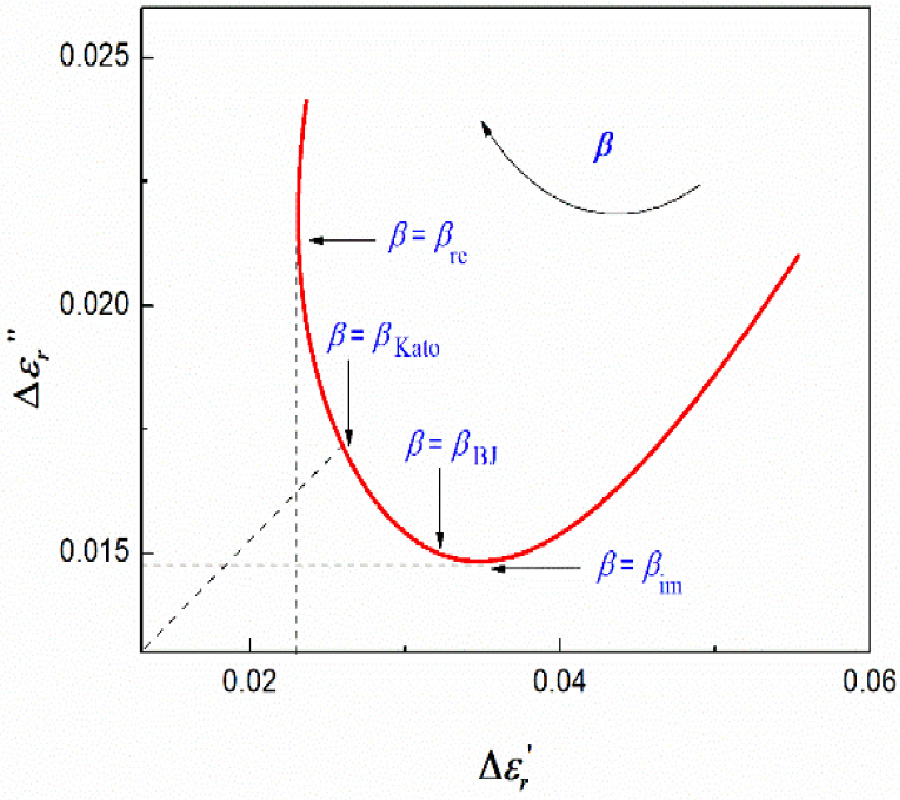Low RCS Multi-Bit Coding Metasurface Modeling and Optimization: MoM-GEC Method in Conjunction with Genetic Algorithm
Imen Soltani,
Takoua Soltani and
Taoufik Aguili
We propose a new approach to design multi-bit coding metasurfaces (MSs) for broadband terahertz scattering reduction. An anisotropic graphene-based element with multiple reflection phase responses is modeled using the Method of Moments combined with the Generalized Equivalent Circuit's approach (MoM-GEC). The multi-level reflection phase response is adjusted by tuning the graphene chemical potential of each cell. On the first hand, based on the coding metamaterials concept, 1-bit MS building blocks are nominated as ``0'' and ``1'' elements with opposite phase responses 0˚ and 180˚, respectively. Therefore, genetic algorithm (GA) is employed to search the optimal reflection phase matrix and determine the best coding metasurface layout. In order to validate our design strategy, 4x4, 8x8, 16x16, 32x32, and 64x64 arrays (MS) are modeled and show a great agreement with the desired low Radar cross section (RCS). On the other hand, 2-bit and 3-bit coding metasurface are then designed using two different sets of reflection phases {0, 60, 120, 180} and {0, 30, 60, 90, 120, 150, 180, 210}, respectively.
